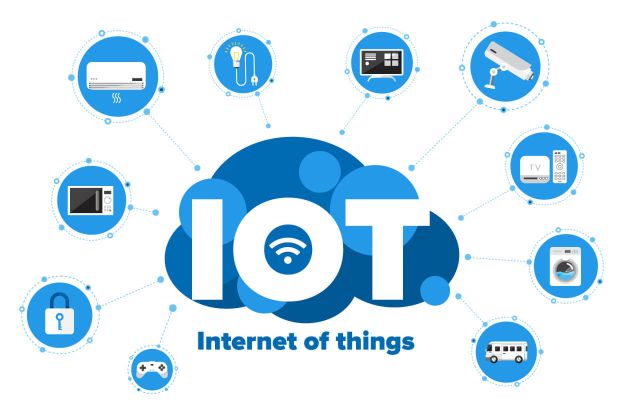Introduction
The Internet of Things (IoT) has emerged as a powerful force, revolutionizing the way we connect and interact with our surroundings. It refers to the vast network of interconnected devices, objects, and systems that communicate and share data with each other through the internet. This connectivity enables a new level of automation, efficiency, and convenience, impacting various industries and transforming our daily lives. From smart homes to intelligent cities, IoT technology is reshaping the world as we know it.
Security and Privacy Concerns
As the number of connected devices continues to grow exponentially, ensuring the security and privacy of IoT systems becomes paramount. Vulnerabilities in IoT devices can expose sensitive data and create entry points for cyberattacks. Manufacturers and developers must prioritize robust security measures, including encryption, authentication protocols, and regular firmware updates. Additionally, policies and regulations must address privacy concerns surrounding the collection, storage, and usage of personal data in IoT ecosystems.
The Future of IoT

The future of IoT holds immense potential for innovation and disruption. With the advent of 5G networks, IoT devices will benefit from faster and more reliable connectivity, enabling real-time data processing and low-latency communication. Edge computing, where data processing occurs closer to the source, will further enhance IoT capabilities by reducing latency and bandwidth requirements. Artificial intelligence (AI) and machine learning (ML) will play a crucial role in analyzing vast amounts of IoT-generated data and extracting valuable insights.
IoT is set to transform cities into smart, interconnected ecosystems. Intelligent traffic management systems will optimize transportation routes, reduce congestion, and enhance public safety. Smart grids will revolutionize energy distribution, enabling efficient utilization and better management of resources. Moreover, IoT-enabled healthcare solutions will empower individuals to monitor their health, receive personalized treatment, and facilitate early disease detection.
Conclusion
The Internet of Things (IoT) has ushered in a new era of connectivity, bringing forth endless possibilities for innovation and convenience. From our homes to our cities, IoT technology is shaping the way we live, work, and interact with our environment. However, as we embrace the benefits of IoT, we must also address the security and privacy challenges associated with this interconnected landscape. By implementing robust security measures and enacting policies that safeguard user data, we can ensure a safer and more reliable IoT ecosystem.

